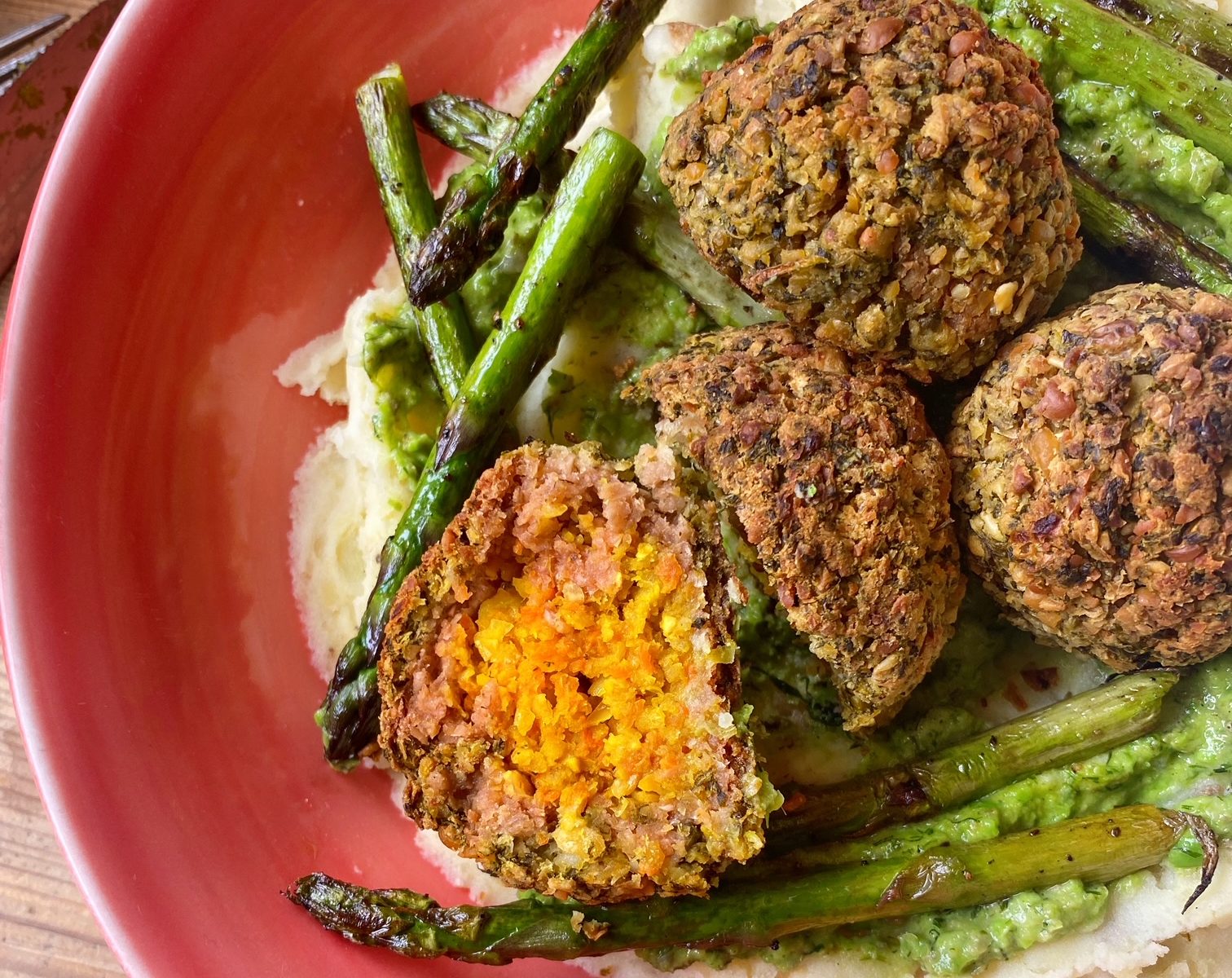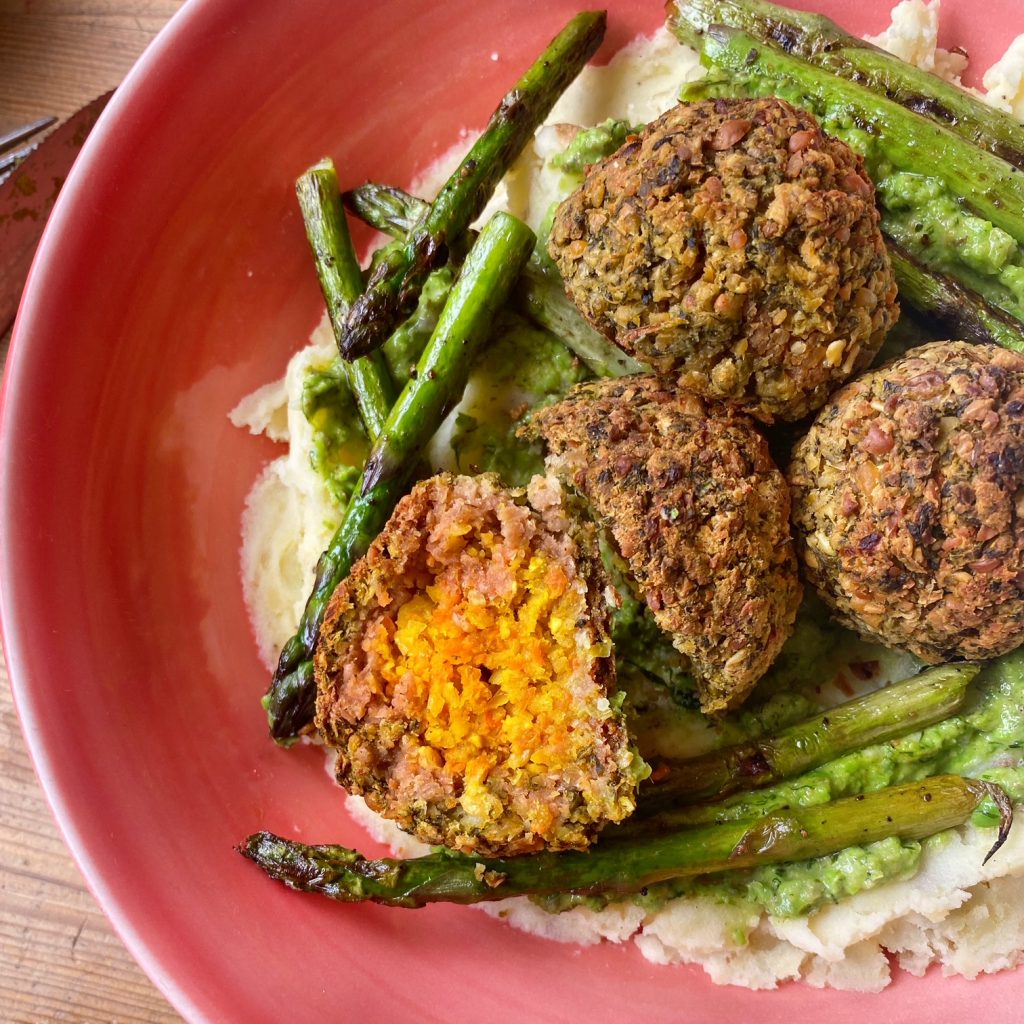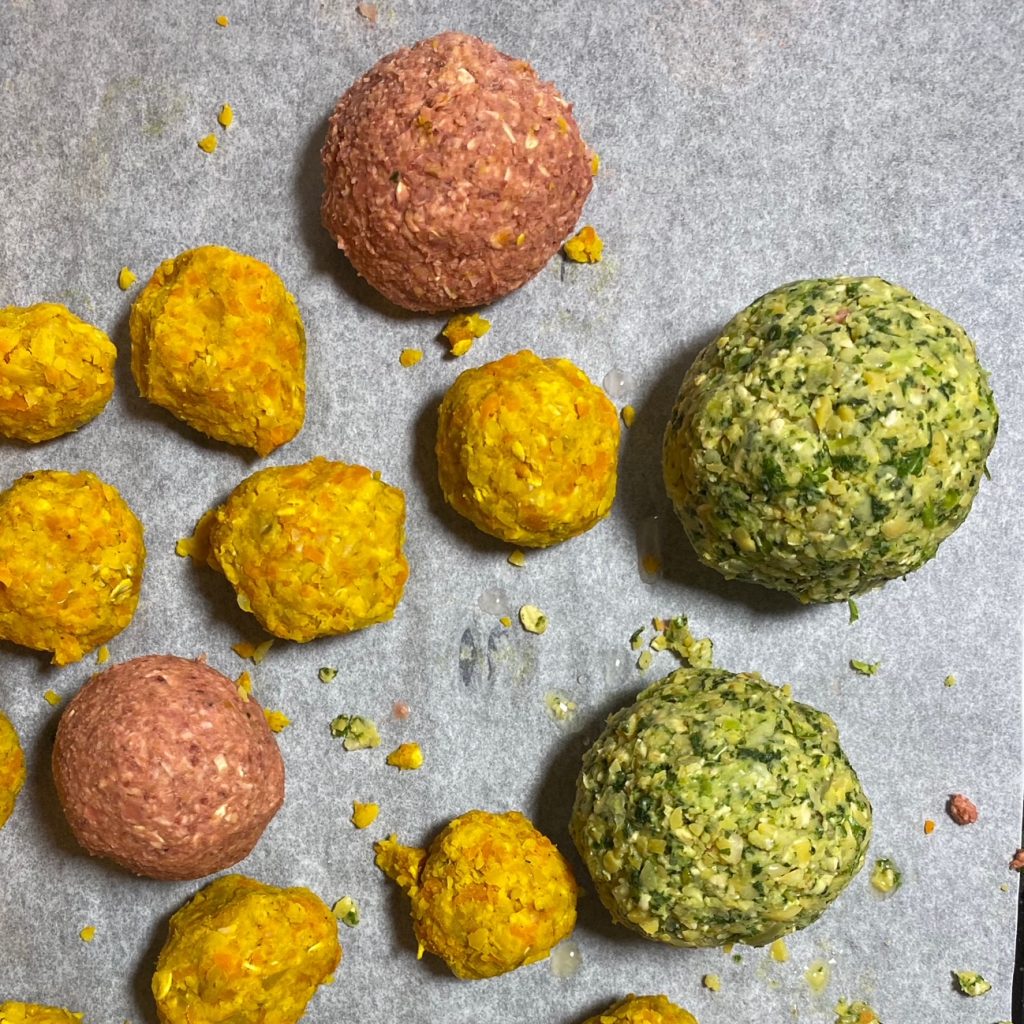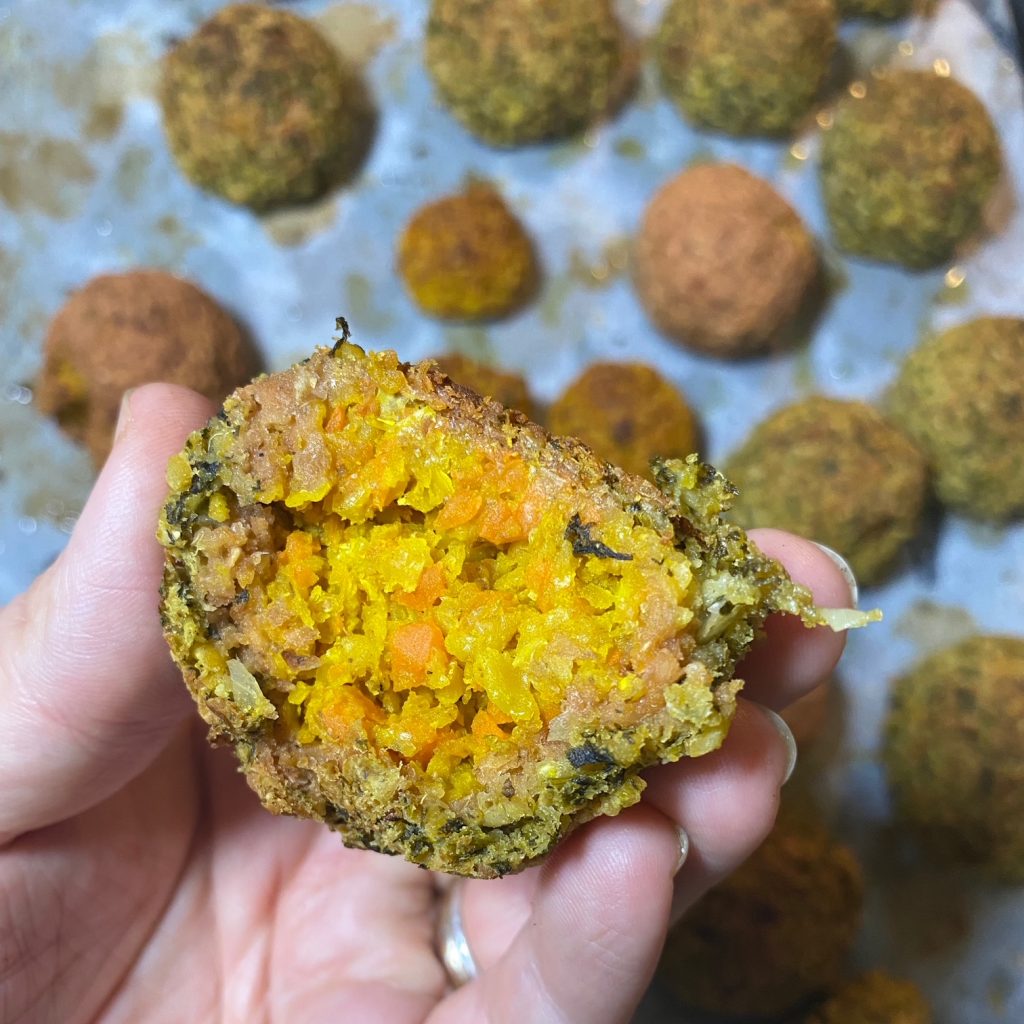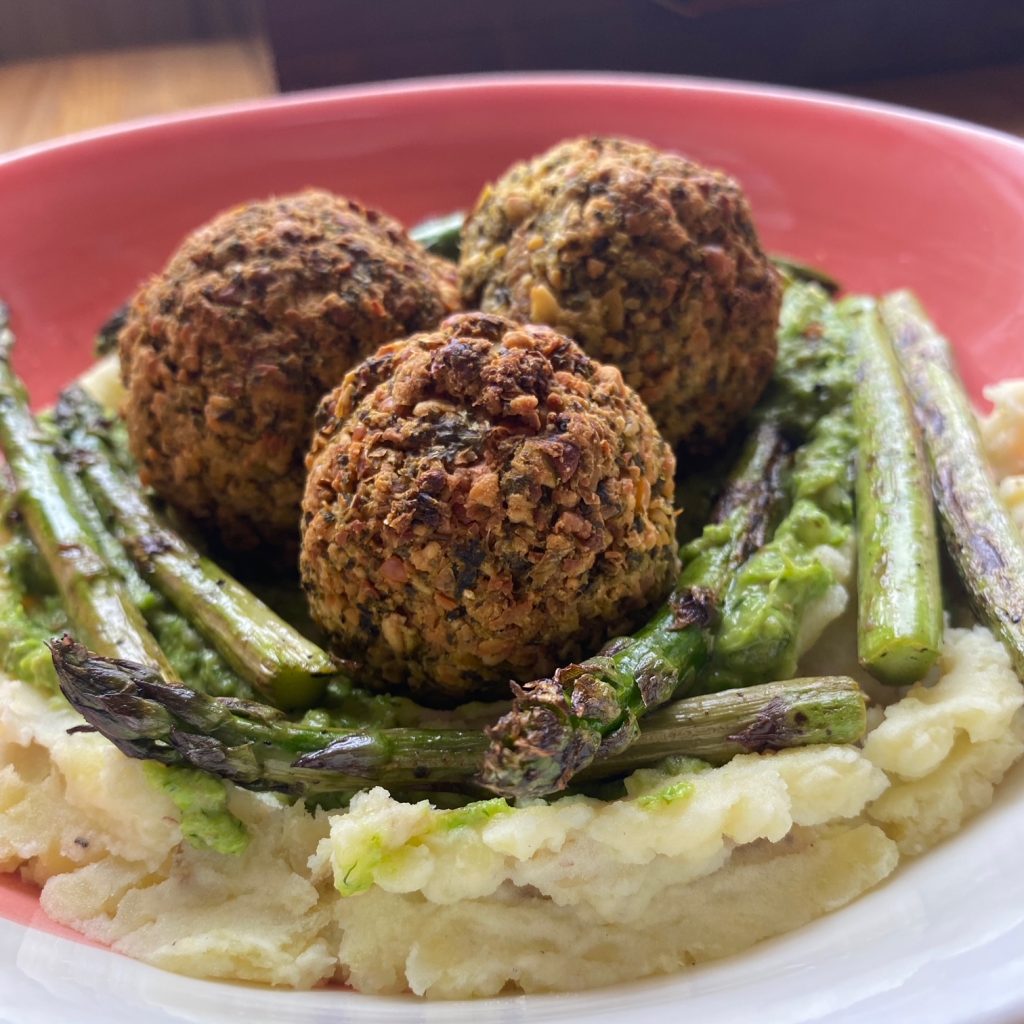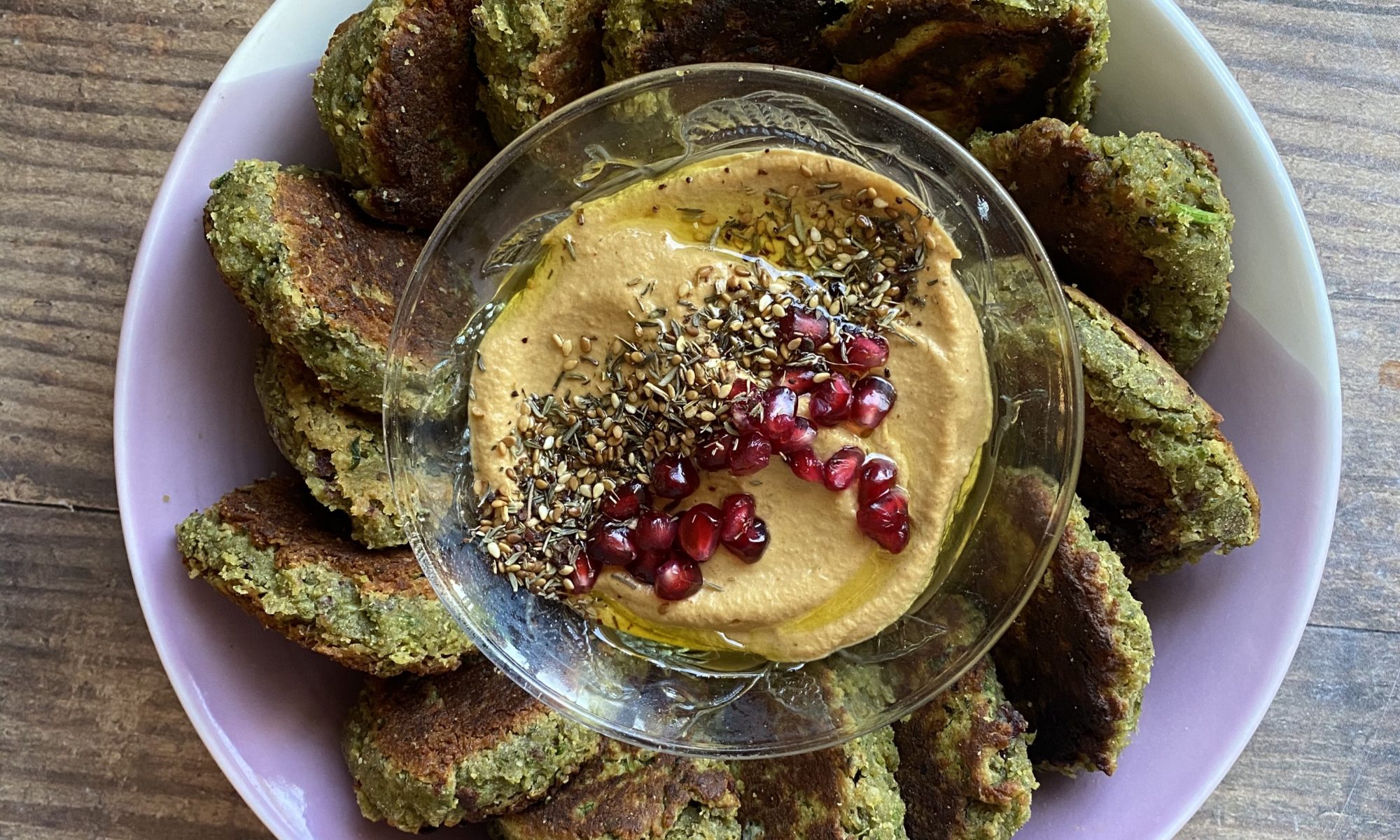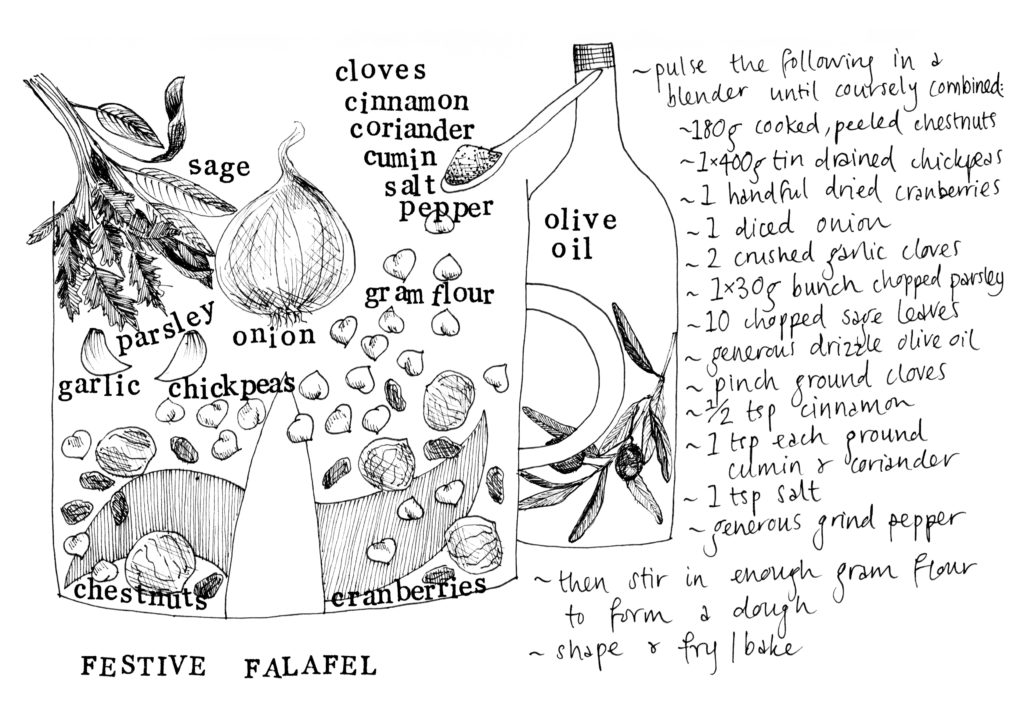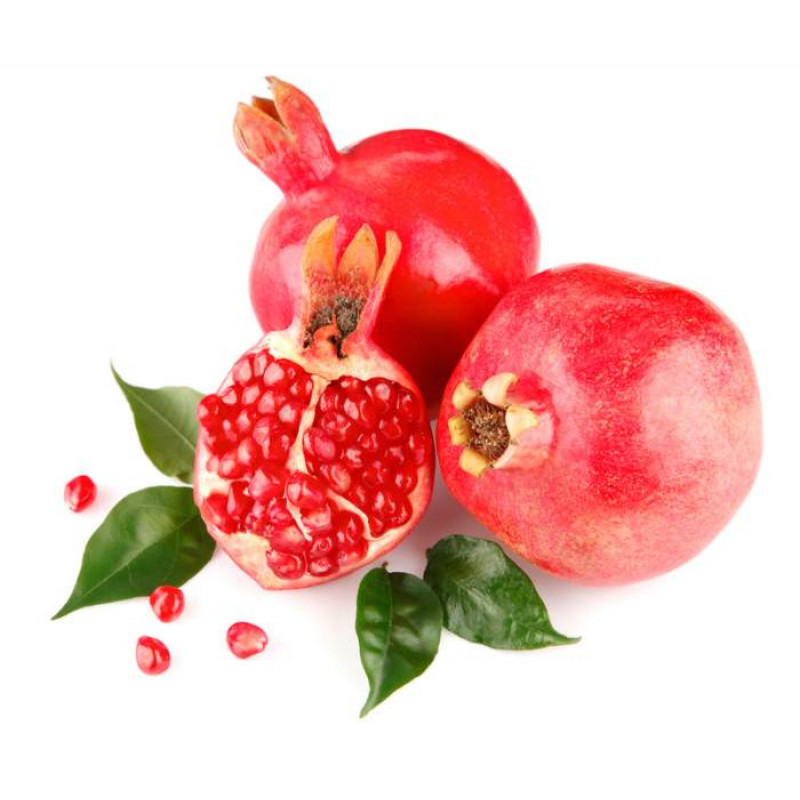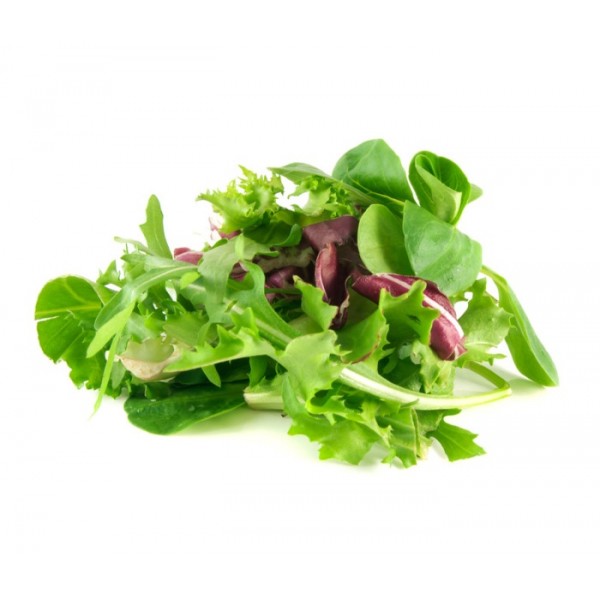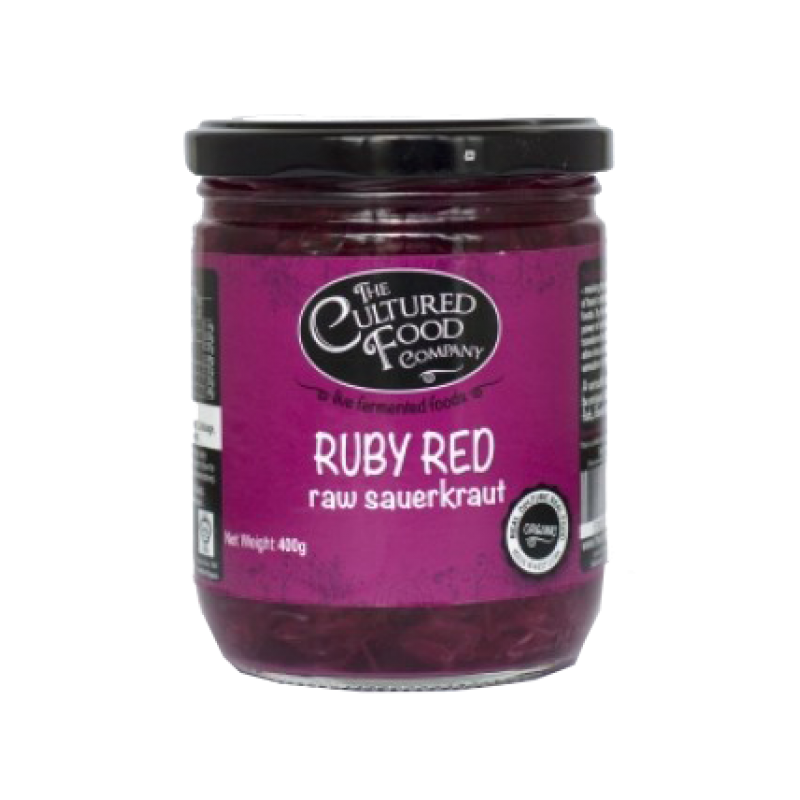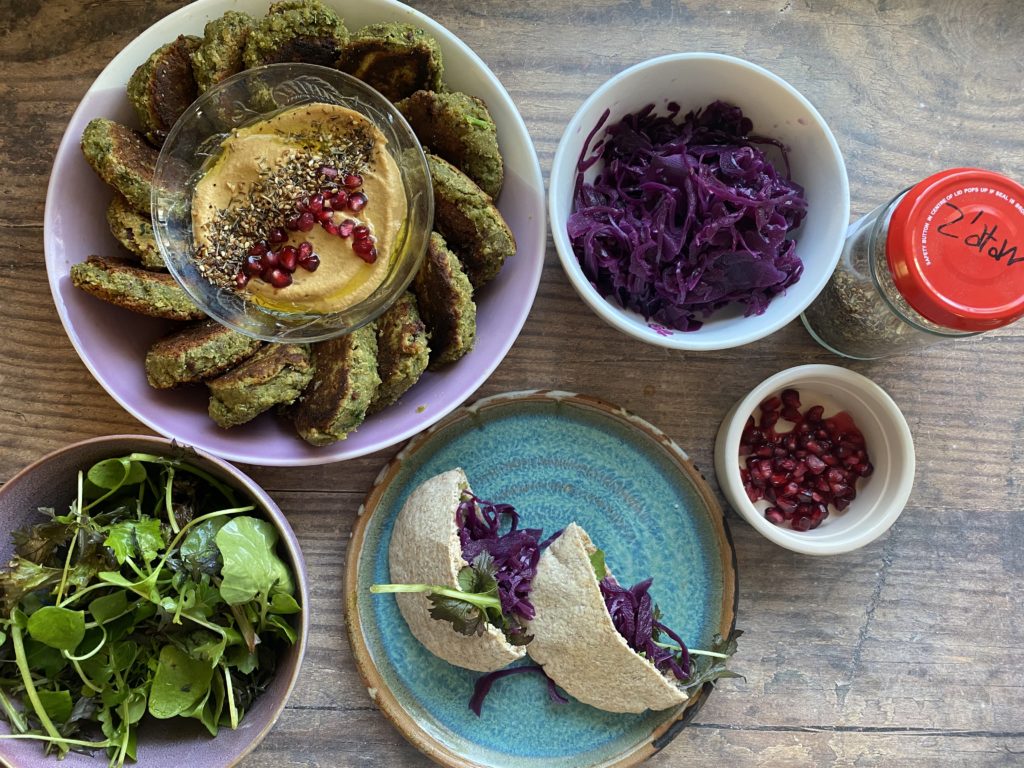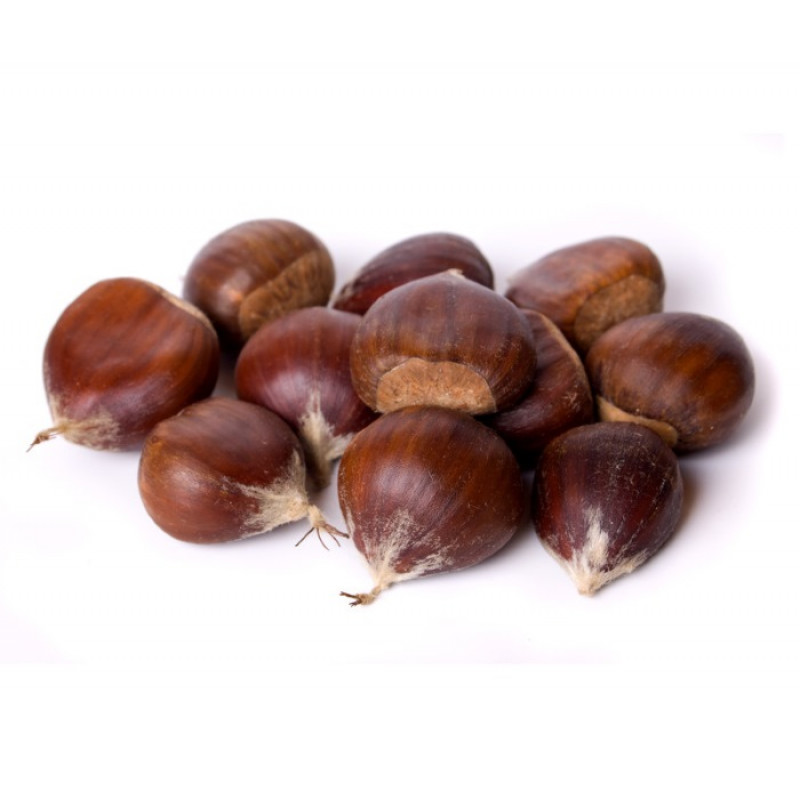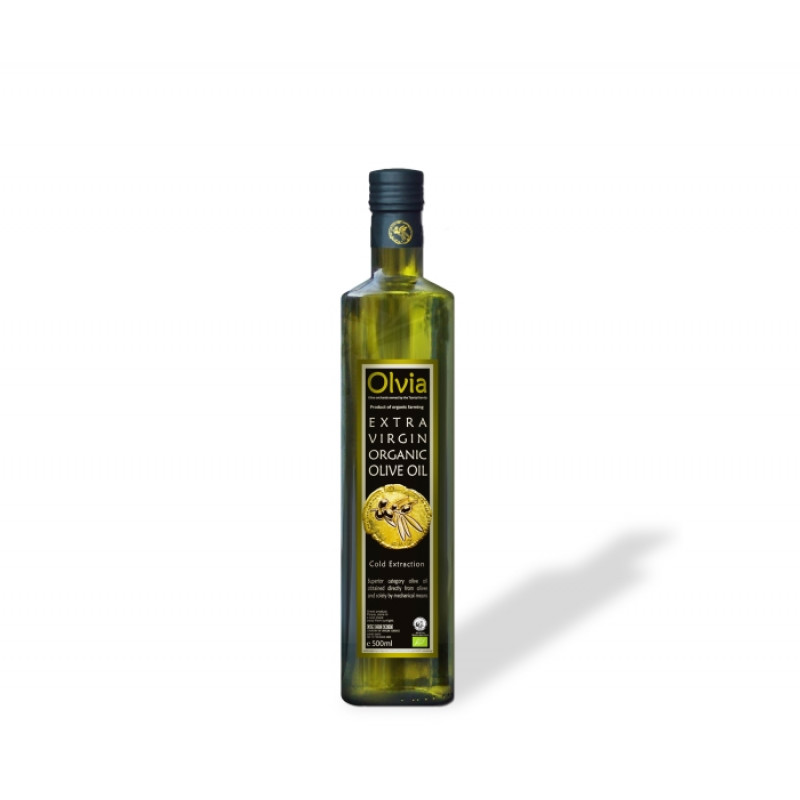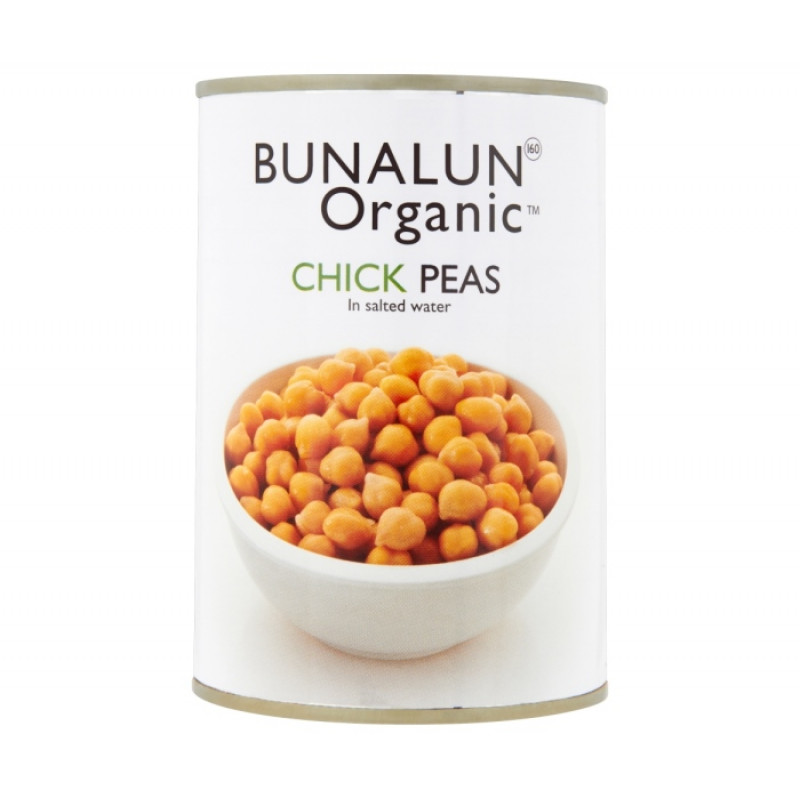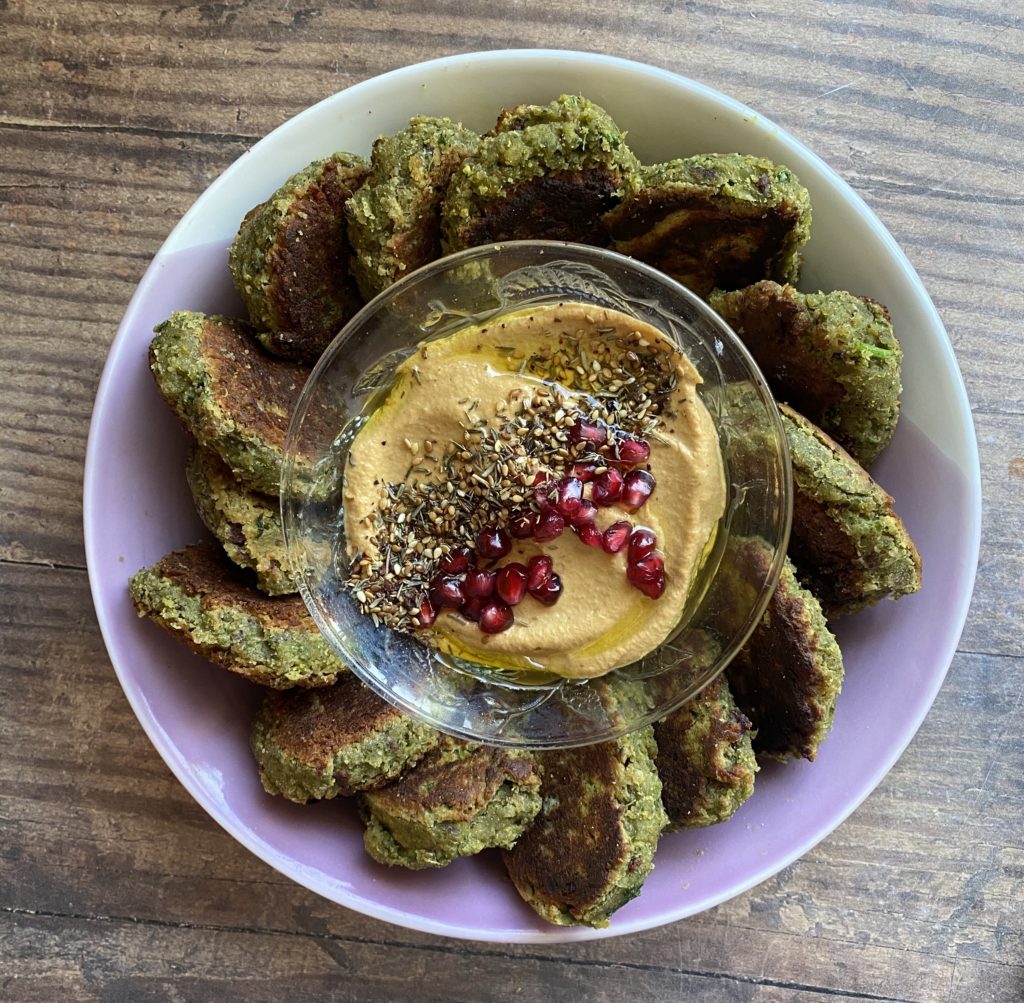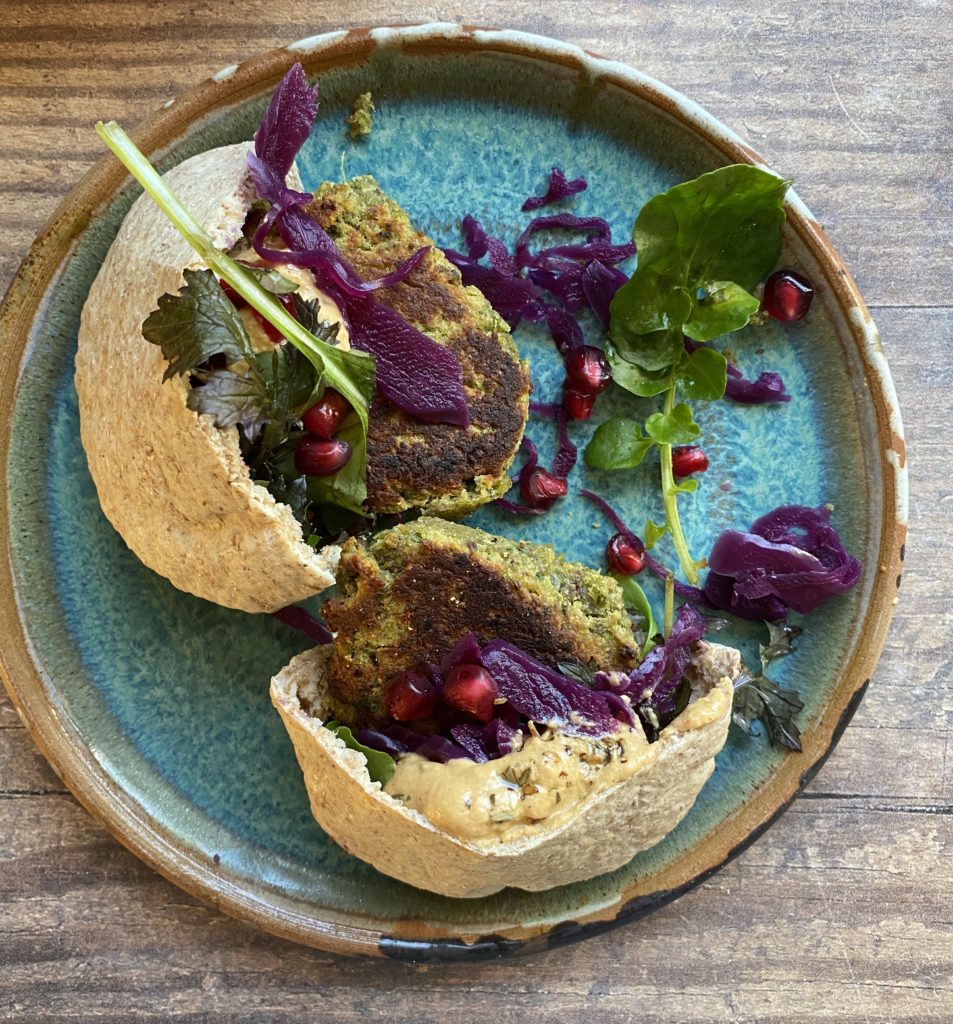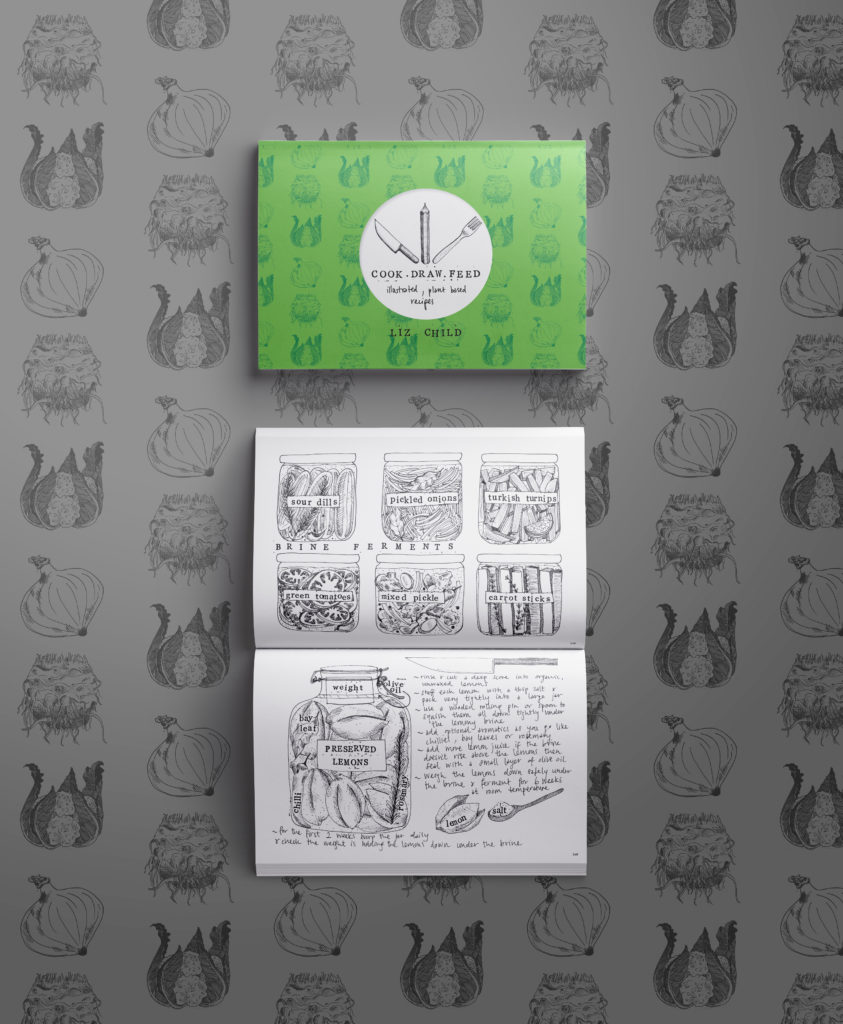

Jam packed full of goodness and flavour! These chickpea patties are delicious and so easy to put together.. we know you’ll love them. This week I got some organic pointed cabbage, cucumber and onions fresh from the farm in my veg box. I ordered tinned chickpeas and some spices and whipped these up for our mid week dinner and the whole family tucked in.
Summer eating should be fresh and tasty with added goodness. We really hope you give these a go!
Lou x

Ingredients: makes 10 approx
For the Chickpea Patties:
- 1 x 400 g tin of chickpeas – drained and the liquid (aquafaba) reserved
- ½ medium onion – chopped
- 1 tablespoon fresh coriander – roughly chopped
- 2 ½ tablespoon chia seeds
- 6 teaspoon (30 ml) aquafaba – liquid from tin of chickpeas
- 1 ½ teaspoon ground cumin
- 1 1/2 teaspoons paprika
- 1 ½ teaspoon salt
- ⅛ teaspoon chilli powder or flakes
- 1 small carrot – grated
- 5 tablespoons oats (50g)
- zest of half a lemon
- 1-2 tablespoon olive oil to cook with
Lemon Garlic Yoghurt Sauce:
- ½ cup (120 ml) plain yoghurt of your choice
- 1 small garlic clove – finely grated or chopped
- 1 teaspoon lemon juice
- 1 tablespoon extra virgin olive oil
- a pinch of salt and pepper
Cabbage slaw and sides :
- 1 small pointed cabbage – finely chopped
- 1/2 cucumber
- 1/2 red onion finely shaved
- 10 mini tortilla wraps
Method:
- Step 1: Begin by adding the chickpeas, red onion, coriander, spices, carrot and salt to a food processor. Process until the mixture is combined, but still has some texture. Transfer into a bowl and mix through the oats, chia seeds, aquafaba and lemon zest. Take a small amount of mixture in your hand to check that it will form a patty.
- Step 2: Line a baking tray with parchment paper. Use an ice cream scoop to evenly measure the patties. Add the scoops of the mixture to the tray, if you have a cookie cutter use it to shape the patties into rounds about 2 inches wide, push the mix down with the back of a spoon, this will make the patties compact. Place the patties into the freezer or fridge to chill for 20 minutes.
- Step 3: In a frying pan, heat the olive oil over medium heat until it is hot but not smoking.Add the patties and fry for 2-3 minutes until golden brown, then carefully turn and cook the other side for 2-3 minutes.The patties are fragile, so it is best not to move them too much – let them firm up from cooking before turning them. Ideally, turn them once only.
- If cooking in batches, drain on a plate lined with paper towel. To keep the patties warm while cooking the remainder, place the plate in a 100ºc oven.Repeat with the remaining patties, adding extra oil if needed.
For the Herbed Garlic Yoghurt Sauce and cabbage slaw:
- Step 4: In a small bowl, combine all of the ingredients and mix well. Check that the seasoning is to your liking. Stir through the finely chopped cabbage. Chill until you are ready to serve.
Plate up: on a small tortilla wrap add a spoon of the cabbage slaw, top with a chickpea pattie, some cucumber ribbons, shaved red onion.











